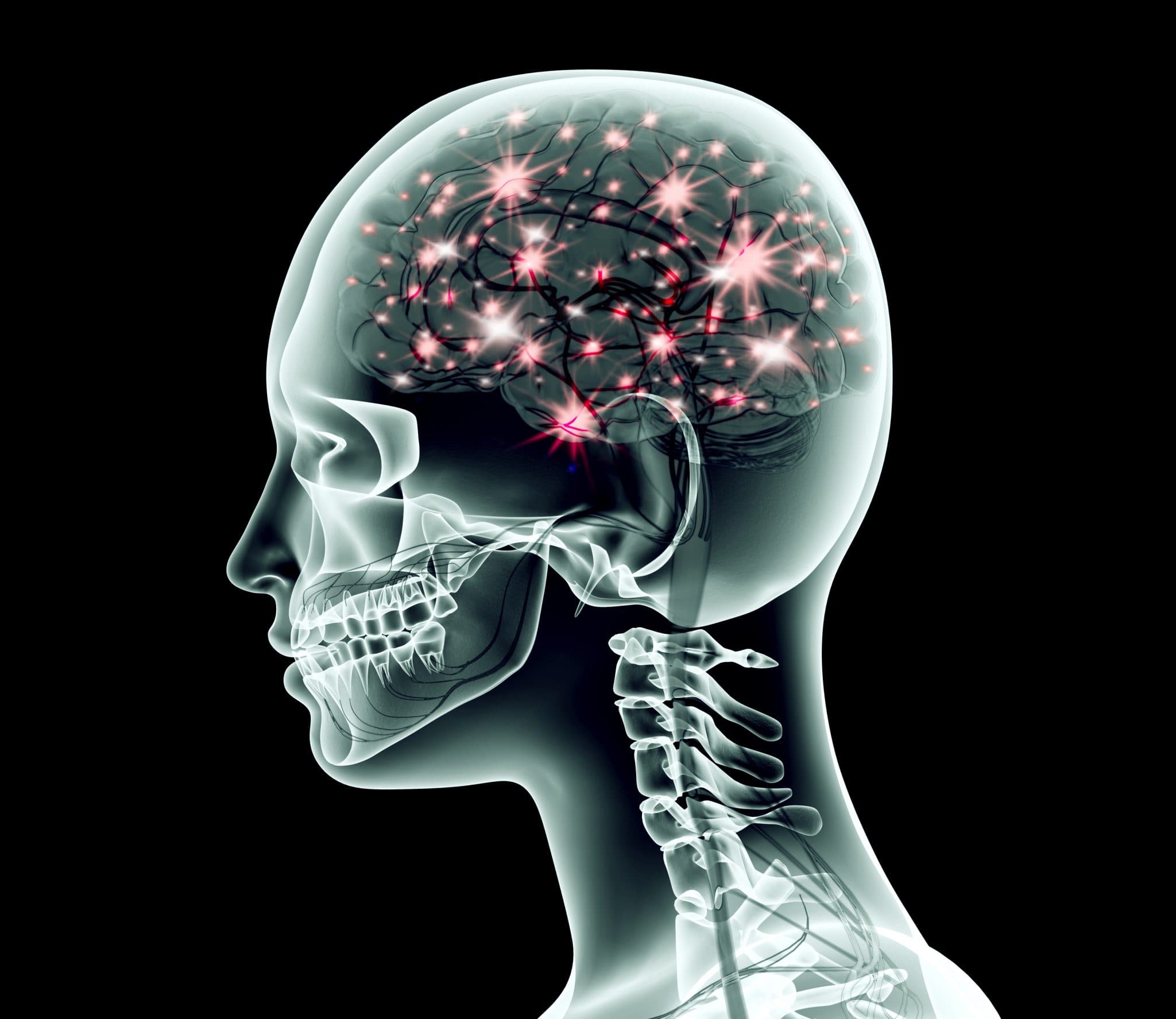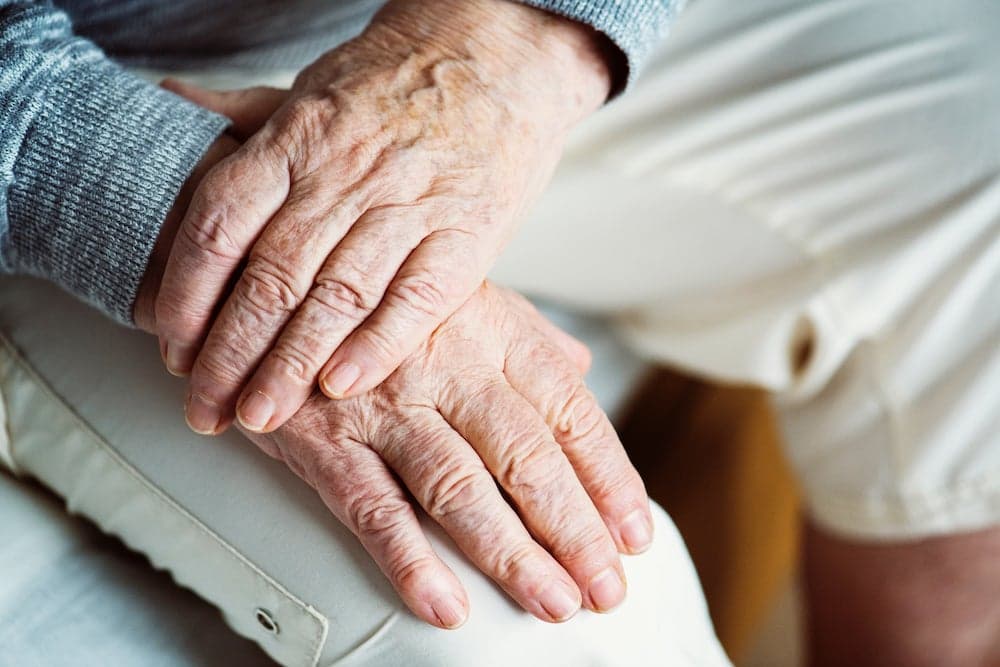
2023-07-31T14:29:37
What Parents Should Know About Pediatric Neurology: A Neurologist’s Guide to Common Conditions and Treatments
- Neurology
- Pediatrics
June 13, 2017 | Neurology
Specialties:Neurology

A traumatic brain injury (TBI) is a serious public health issue in the United States. These injuries, generally caused by a bump, blow or jolt to the head or a penetrating injury, contribute to a substantial number of deaths and cases of permanent disability—TBIs contribute to about 30 percent of all injury deaths. A concussion is a form of mild TBI.
What are the causes and risks of TBIs, their potential side effects and methods used for recovery and prevention?
The leading causes of traumatic brain injuries include:
Age affects risk levels for TBIs. Rates are highest for people over 75 years old, and leading causes of TBI deaths can vary by age—falls were the leading cause for people over 65, intentional self-harm was the leading cause for people between 25 and 64, vehicle crashes were the leading cause for people between 5 and 24, and assaults were the leading causes for children under age 5 (all statistics via 2013 data).
Symptoms of a TBI depend on the extent of the injury and the part of the brain it affects. Symptoms may appear immediately, or may come after a delay of several days or weeks. Symptoms of mild TBIs include:
People with a moderate or severe TBI may have the symptoms above, but may experience additional symptoms also:
A TBI can lead to a variety of different changes, which can be either short- or long-term. Some of these potential side effects can include areas or specific conditions such as:
Several factors contribute to recovery and improvement after a TBI, including severity, age, health and care after the injury. Rest is vital for helping the brain heal, and trying to “tough it out” during sports or physical activity can make symptoms worse. The Centers for Disease Control and Prevention list a number of recovery tips for both adults and children who have suffered a TBI.
There are also several steps you can take to reduce your chances of sustaining a TBI. These include:
If you or your child has sustained a traumatic brain injury, speak to your doctor about your treatment options.
“Traumatic Brain Injury & Concussion.” Centers for Disease Control and Prevention. https://www.cdc.gov/traumaticbraininjury/index.html
“Traumatic Brain Injury.” MedlinePlus. https://medlineplus.gov/traumaticbraininjury.html#cat_93
“What are common TBI symptoms?” National Institute of Child Health and Human Development. https://www.nichd.nih.gov/health/topics/tbi/conditioninfo/Pages/symptoms.aspx
WRITTEN BY:
The Live Better Team

2023-07-31T14:29:37

2019-10-15T15:29:00

2019-06-24T09:40:36

2018-06-27T12:00:38
This information is not intended to replace the advice of a medical professional. You should always consult your doctor before making decisions about your health.